How to Increase Your Blog Traffic
Want to increase your blog traffic? This is a common frustration experienced by many bloggers. After investing countless hours into writing, editing, and publishing blog posts, it can be disappointing to see minimal results.
Table of content
- Strategy 1 - Optimizing Your Blog Content
- 1. Keyword Research for Every Post
- 2. Consistent Content Schedule
- 3. Create Evergreen Content
- 4. In-Depth Content
- 5. Get New Topic Ideas with Keyword Gap
- 6. Implement Google's E-E-A-T Guidelines
- 7. Optimize Both On-Page and Off-Page SEO
- 8. Compelling Headlines
- 9. Design Engaging Infographics
- 10. Repurpose Content Across Multiple Platforms
- Strategy 2 - Promoting Your Blog
- Strategy 3 - Analyzing and Improving Your Traffic
- Conclusion
Therefore, in this article, we will provide tips on increasing blog traffic, divided into three strategies, content optimization, promotion, and analytics. Let's get into it!
Strategy 1 - Optimizing Your Blog Content
In this first strategy, we will discuss some important tips related to blog content optimization. By implementing these strategies, you can increase your blog's chances of getting more organic traffic, higher reader engagement, and building authority in your niche.
1. Keyword Research for Every Post
Effective keyword research helps you find keywords that have the best potential to bring traffic to your website. By understanding the keywords that your target audience is searching for, you can customize your content to meet their needs and interests.
The keyword research process should be the first step in your blogging workflow. Use tools like Semrush, Ahrefs, etc., to analyze various important metrics such as search volume, keyword difficulty (KD), and search intent. Look for keywords with high search volume but low difficulty, especially if you have a new website. Don't forget to consider keyword variations and long-tail keywords that may have lower competition but are still relevant to your topic.
Tools that can be used:
- Semrush Keyword Overview
- Google Keyword Planner
- Ahrefs Keywords Explorer
For example, in the following example, we will use the Semrush tool and research the keyword "email marketing". Later an overview of metrics will appear starting from:
- Keyword volume in various countries
- Keyword difficulty
- CPC, etc
Apart from that, you can also export the results of this research as a PDF to your local computer.
2. Consistent Content Schedule
Having a consistent content schedule is essential for building and maintaining your blog audience. By setting and following a content calendar, you can stay organized and ensure that you regularly publish new content. Not only does this consistency help build expectations among your readers, but it can also improve your SEO ranking as search engines tend to favor sites that regularly update their content.
By following a content calendar, you ensure that your blog continues to grow and consistently provides value to your readers.
Important elements in a content calendar:
- Target keywords
- Blog topic
- Deadlines (drafting, editing, publishing)
- Responsible author
- Estimated word count
- Internal linking suggestions
- Main CTA
3. Create Evergreen Content
Evergreen content refers to blog posts that have long-term relevance. This type of content can remain valuable and attract organic traffic for years, making it a precious investment for your blog. Unlike time-bound or trending content, evergreen content continues to provide value to your readers without requiring significant updates.
Some examples of effective evergreen content include how-to articles, case studies, listicles, tutorials, and expert interviews. When creating evergreen content, focus on topics of long-term interest within your niche and avoid references that are too specific to a particular time or event. Always prioritize informative and useful content that provides lasting value to your readers.
Tips for creating evergreen content:
- Choose topics with long-term relevance
- Focus on basic information
- Use examples and illustrations that are not easily outdated
- Update content regularly to ensure accuracy
- Add visual elements and rich media to increase the appeal.
Example of an evergreen topic:
- "How to Start an Online Business: A Complete Guide for Beginners"
- "10 Essential Skills for Workplace Success"
- "Ultimate Guide to Personal Finance Management"
4. In-Depth Content
In-depth content or long-form content has been proven to have high SEO value and can help you demonstrate your expertise in the industry. Studies show that longer content tends to rank on the first page of search engines and has more backlinks. This is because longer content allows you to comprehensively explore the topic, answer related questions, and include more relevant keywords naturally.
When creating in-depth content, make sure to stay focused on quality and relevance. Don't just add words to reach a certain word count. Instead, use additional length to provide deeper insights, more examples, and more valuable information to your readers. Remember that your main goal is to fulfill search intent and provide maximum value to your audience.
Characteristics of effective in-depth content:
- Thorough exploration of the topic
- Use of original data or research
- Addition of high-quality visuals or embedded video YouTube that is relevant.
- Clear structure with informative subheadings
- Optimization for search intent
5. Get New Topic Ideas with Keyword Gap
GapExploring new topics is an effective way to expand the scope of your blog and increase the chances of getting more traffic. However, it's important to ensure that these new topics remain relevant to your expertise and appeal to your target audience. One way to find potential new topic ideas is to use keyword gap analysis.
Keyword gap analysis helps you identify keywords that your competitors are using but that you still need to target. You can use tools to compare your domain with competitor domains and find "missing" keywords that might be useful for you to target.
To see the keyword gap, you can enter your domain and your competitor's domain, then click Compare.
Then, a display like the following will appear: The keywords on the "missing" tab are keywords ranked by competitor websites but not by your website. You can add these keywords to be discussed in blog posts.
Benefits of keyword gap analysis:
- Finding new content opportunities
- Identifying gaps in your content strategy
- Understanding competitors' strategies
- Increase topic coverage in your niche
6. Implement Google's E-E-A-T Guidelines
Google's E-E-A-T (Experience, Expertise, Authoritativeness, Trustworthiness) Guidelines are principles used by Google to assess content quality. While not a direct ranking factor, following these guidelines can help increase your blog's credibility and authority in the eyes of Google and its readers.
Experience refers to the writer's direct experience in the topic covered. Expertise relates to the author's knowledge and qualifications. Authoritativeness reflects the reputation of the writer and website in their industry. Trustworthiness relates to trust in the writer, the content, and the website as a whole.
To improve the E-E-A-T of your blog:
Focus on the quality of the writer:
- Display a detailed author bio
- Include relevant credentials and experience
- Connect to professional social media profiles
Increase content authority:
- Include the latest data and research
- Cite trusted sources
- Update content regularly
Build trust:
- Display clear privacy policies and terms of service
- Include easy-to-find contact information
- Respond quickly to reader comments and questions
Example of E-E-A-T implementation: If you are writing an article on health, make sure the author has a relevant medical background. Include quotes from reputable medical journals and regularly update the content with the latest information.
7. Optimize Both On-Page and Off-Page SEO
On-page and off-page SEO optimization are two important aspects of a comprehensive SEO strategy. On-page SEO focuses on the elements within your web pages that can be optimized, while off-page SEO deals with external factors that affect your website ranking.
On-page SEO involves optimizing elements such as:
- Title and meta description of a maximum of 160 characters
- URL structure
- Heading (H1, H2, H3, etc.)
- High-quality content
- Internal linking
- Image optimization (alt text, compression)
- Page loading speed website
Off-page SEO, on the other hand, focuses on building domain authority through:
- Obtaining quality backlinks
- Strong social media presence
- Online reputation management
- Collaboration and guest posting
- Engagement in online communities
8. Compelling Headlines
According to Backlinko, longer headlines tend to result in higher social shares. Headlines with 14 to 17 words receive 76.7% more social shares compared to shorter ones. A compelling headline should not only describe the content accurately but also be catchy enough to make people want to know more.
Some tips for creating compelling headlines.
- Use specific numbers and data: "7 Proven Ways to Increase Your Productivity by 50%"
- Offer a solution to a problem: "How to Get Rid of Acne in 3 Days without Medication"
- Use power words: "Success Secrets Rarely Revealed by Top Entrepreneurs"
- Create a sense of urgency: "5 Digital Marketing Trends You Must Implement This Year"
- Ask compelling questions: "Are You Making These 10 Investment Mistakes?"
However, it's important to remember that while titles should be catchy, avoid misleading clickbait. Make sure your content always meets the expectations created by the headline.
9. Design Engaging Infographics
Steps to create an engaging infographic:
- Choose a topic that is relevant and interesting to your audience
- Collect accurate and up-to-date data and information
- Create a clear outline and storyline
- Design with visual hierarchy and graphic design principles in mind
- Use colors, icons, and typography that are consistent with your branding
- Include your data source and branding at the bottom of the infographic
Tools that can be used to create infographics:
- Canva
- Adobe Illustrator (for more complex designs)
- Piktochart
- Venngage
Here is one of the interesting infographics that you can share again
The following is one of the infographics from the Semrush in a post about "successful content development."
10. Repurpose Content Across Multiple Platforms
60% of B2B marketers say that repurposing content is one of the most effective content marketing tactics. Repurposing content in different formats is an effective strategy to maximize the value of every piece of content you create. This approach allows you to reach a wider audience and capitalize on different content consumption preferences.
Steps to repurposing content.
- Identify content that performs well - Analyze metrics such as number of shares, engagement, and organic traffic. Choose content that has long-term value (evergreen)
- Decide on a suitable new format - YouTube video, podcast, infographics, presentation slides, Twitter threads or Instagram stories, E-book, or whitepaper.
- Adapt content for new platforms — Adapt the style and tone to the target platform, adding visual or interactive elements if needed.
- Optimize for each platform - Use relevant hashtags for social media, optimize titles and descriptions for YouTube SEO, and include appropriate call-to-actions
- Promote repurposed content - Share on all your social media channels; consider using paid promotion.
An example of effective content repurposing is the blog post "Complete Guide to SEO," which can be repurposed into.
- A YouTube video series that covers each section in detail
- A weekly podcast that discusses SEO tips
- An infographic that summarizes the key points
- Downloadable e-book as a lead magnet
The following is a content review of a blog post that discusses replacing images and media.
It was also made into a post in another format, in the form of a video, on YouTube.
Strategy 2 - Promoting Your Blog
In this second strategy, we will discuss various effective techniques to promote your blog content. By implementing these strategies, you can increase your blog's visibility, drive more traffic, and build a loyal community around your content. Here are some of them.
11. Promote Your Post In Email Newsletters
Email has an advantage over other platforms because it allows you to communicate directly with an audience that has shown interest in your content and has a wide reach. In addition, email newsletters have a higher engagement rate compared to social media promotions.
To implement this strategy, you need to build a list of email subscribers first. This can be done by placing an email sign-up form in various places on your website, such as the sidebar, footer, or as a pop-up. You can also offer lead magnets, which are free resources such as e-books, checklists, or exclusive content, as incentives to encourage visitors to sign up for your newsletter. I am running a few minutes late; my previous meeting is running over. Once you have a list of subscribers, you can send regular updates that include your latest blog posts, along with interesting previews or teasers to encourage readers to click and visit your blog.
The following is an example of a newsletter from Linguise that discusses the use of AI for WP. It has a CTA button that leads to the blog post.
12. Write Guest Posts on Reputable Blogs in Your Field
Guest posting or writing articles for other blogs in the same niche is an effective strategy for expanding your audience reach and building authority in your industry. While it may not always result in a dramatic spike in traffic, guest posting has long-term benefits in building brand awareness and gaining quality backlinks.
The key to successful guest posting is to focus on blogs that are highly relevant to your niche. This will ensure that the traffic you get is targeted traffic - visitors who are genuinely interested in the topics you cover. When writing guest posts, make sure to provide high-quality and unique content. Don't just repeat what you've already written on your blog. Provide new insights or a fresh point of view to pique the interest of the host blog's readers.
Tips for effective guest posting:
- Choose a host blog that has an audience that matches your niche
- Offer unique and high-value content
- Include a compelling author bio with a link to your blog
- Actively engage in discussion in the comment section after the post is published
13. Start a YouTube Channel
Video is an extremely popular content format that has high viral potential. By creating a YouTube channel related to your blog's theme, you can leverage the power of visuals to explain concepts, demonstrate techniques, or share insights more engagingly.
Video content on YouTube can also serve as a way to repurpose your blog content. You can take a popular blog post and turn it into an informative and engaging video. This not only helps you reach an audience that prefers the video format, but it can also drive traffic back to your blog. Make sure to include a link to the related blog post in your YouTube video description.
According to Hubspot, 54% of consumers want to see more video content from brands or businesses they support. Starting a YouTube channel to support your blog has tremendous potential.
Tips for starting a YouTube channel for your blog:
- Define a specific niche for your channel
- Invest in basic equipment such as quality cameras and microphones
- Create consistent, quality content
- Optimize video titles, descriptions, and tags for YouTube SEO
- Use end screens and cards to direct viewers to your blog
14. Develop a Community Around Your Blog
Building a community around your blog is a long-term strategy that can greatly increase reader engagement and loyalty. A strong community not only drives repeat traffic to your blog but can also be an invaluable source of content ideas, feedback, and even word-of-mouth promotion.
To build a community, start by encouraging interaction on your blog. Keep the comments section active and well-moderated, and always respond to reader comments to start a discussion. Consider creating a discussion forum or Facebook group related to your blog. This provides a space for your readers to interact with each other and with you outside the context of the blog post.
Strategies for building a strong community:
- Create a space for discussion (forum, Facebook group, etc.)
- Encourage participation by asking questions at the end of posts
- Hold online events such as webinars or AMAs (Ask Me Anything)
- Reward active community members
- Involve the community in the content creation process (e.g., surveys for desired topics)
15. Include Visible Sharing Buttons
Placing share buttons that are easily visible and accessible is a simple yet effective way to encourage readers to spread your content. When readers come across valuable content, they may want to share it with their networks. However, if the sharing process is too complicated or requires extra effort, they may be put off.
Make sure to place sharing buttons in strategic locations, such as above and below the content, or even as a floating sidebar that follows the reader's scroll. Choose social media platforms that are most relevant to your audience. Typically, buttons for Facebook, Twitter, LinkedIn, and Pinterest are standard choices, but you can customize them according to your audience's preferences.
A study by BrightEdge found that sharing buttons can increase content engagement by 700%. This shows how important it is to make the sharing process as easy as possible for your readers.
Sharing button optimization tips:
- Use an easily recognizable icon
- Include counter shares for social proof
- Optimize the shared text (pre-populated text)
- Test button position and design for best conversion
- Consider adding sharing options via email or messenger
16. Design Images That Encourage Sharing
Creating images that encourage sharing is a powerful visual strategy for increasing the reach of your blog content. Engaging and informative images not only increase the appeal of your content but also have the potential to go viral on visually oriented social media platforms like Pinterest and Instagram.
When designing shareable images, focus on creating visuals that are not only aesthetically appealing but also provide value. This could be an infographic that summarizes the key points of your article, quote cards that feature important quotes, or even memes that are relevant to your topic. Be sure to include your blog branding in the image, such as a logo or URL, to increase brand awareness when the image is shared.
Data shows that content with relevant images gets 94% more views than content without images. This shows the importance of investing in creating quality visuals for your blog content.
Tips for creating shareable images:
- Use attractive colors and good contrast
- Include relevant data or statistics
- Create optimal sizes for different social media platforms
- Use easy-to-read text
- Make sure the image is relevant to your content and audience
17. Share Your Blog Posts on Social Media
Sharing your blog posts on social media is an effective way to expand the reach of your content and drive traffic to your blog. Each social media platform has unique characteristics and a different audience, so it's important to customize your strategy for each platform.
When sharing a blog post on social media, don't just post a link and title. Provide an interesting preview or teaser to encourage people to click on the link. You can also quote interesting parts of the article or ask questions related to the topic to provoke engagement. Schedule your posts at times when your audience is most active to maximize visibility.
While the effectiveness of social media can vary, data shows that it remains a significant source of traffic for many blogs. According to Shareaholic, social media accounts for about 31.24% of all traffic to websites.
Strategies for sharing content on social media:
- Tailor the content format to each platform (e.g., threads for Twitter, images for Instagram)
- Use relevant hashtags to increase reach
- Engage with your audience in the comments section
- Test different types of content (link posts, image posts, video posts) to see what works best
- Consider using scheduling tools like Buffer or Hootsuite for consistency
WP Meta SEO gives you the control over all your SEO optimization. Bulk SEO content and image SEO, on page content check, 404 and redirect.
Strategy 3 - Analyzing and Improving Your Traffic
The third strategy focuses on analyzing and increasing website traffic. Let's examine each point in depth.
18. Use Analytics Tools for Traffic Insights
The use of analytics tools is a crucial step in understanding and improving your website traffic. These tools provide deep insights into visitor behavior, traffic sources, and the performance of your content. With this information, you can make better decisions about your content strategy, website design, and marketing efforts.
One highly useful tool for traffic analysis is the WP Meta SEO plugin. This plugin not only assists with SEO optimization but also integrates with Google Analytics and Google Search Console. This integration allows you to view traffic data directly from your WordPress dashboard, making analysis easier without having to switch between different platforms.
This WordPress SEO plugin offers advanced features such as 404 error monitoring, which helps you identify and fix broken links that can disrupt user experience and harm your SEO. It also provides tools for bulk editing meta tags, enabling you to quickly optimize page titles, descriptions, and keyword tags for multiple posts at once.
Key features of WP Meta SEO include:
- Integration with Google Analytics and Google Search Console
- Monitoring and fixing 404 errors
- Bulk meta tag editing
- WordPress sitemap generation
By using tools like WP Meta SEO, you can gain deeper insights into your website traffic and take the necessary actions to improve it. For example, certain pages have a high bounce rate, indicating the need for improvements in content or page design. Or you might notice an increase in traffic from a specific source, which you can further leverage in your marketing strategy.
19. Refresh Outdated Content
Updating outdated content is an effective strategy to boost your website traffic. Content that was once popular but has since seen a decline in traffic can often be "revived" with the right updates. This process not only helps improve your SEO rankings but also provides greater value to your readers by offering them up-to-date information.
When updating content, it's important to retain the original URL. This helps maintain the page's SEO authority. Focus on replacing outdated or inaccurate information with the latest data. For instance, if you have an article about digital marketing trends for 2020, you could update it with the latest trends for 2024 while keeping the original structure and URL of the article.
Some key steps in updating content include:
- Refreshing the title and meta description to increase the click-through rate
- Rewriting the introduction to capture the reader's attention better
- Adding new, relevant information to the topic
- Optimizing images and other media within the article
The frequency of content updates can vary depending on the type of content and your industry. Articles on technology or digital trends may require more frequent updates, possibly every few months. Meanwhile, evergreen content like basic guides may only need to be updated once a year or when there are significant changes in the topic discussed.
20. Monitor Key Metrics
Monitoring key metrics is crucial to analyzing and improving your website traffic. By understanding various metrics, you can identify areas for improvement and measure the success of the strategies you implement. Some key metrics to monitor include the number of unique visitors, time spent on site, bounce rate, and traffic sources.
Time spent on site and bounce rate are important indicators of visitor engagement. If visitors spend a significant amount of time on your site and visit multiple pages, your content is engaging and relevant to them. Conversely, a high bounce rate might indicate that visitors aren't finding what they're looking for or that the user experience needs improvement.
Other key metrics to monitor include:
- Conversion rate
- Most visited pages
- Keywords driving organic traffic
- Performance on mobile vs. desktop
It's important to set specific and measurable goals based on these metrics. For instance, you might aim to increase the number of unique visitors by 20% over the next three months or reduce the bounce rate by 5% within six months. By setting clear goals, you can more easily measure the success of your strategies and make necessary adjustments.
Conclusion
Increasing blog traffic does indeed require effort and a comprehensive strategy. By implementing the three main strategies we've discussed—content optimization, effective promotion, and continuous analysis and improvement—you can significantly boost your blog's visibility and reach. Remember, growing traffic is a long-term process that demands consistency and patience.
As you work on increasing your blog's traffic, don't forget to leverage the tools available to help you achieve your goals. One particularly useful plugin for SEO optimization and traffic analysis is WP Meta SEO. With its advanced features like Google Analytics integration, 404 error monitoring, and bulk meta tag editing, WP Meta SEO can be a valuable ally in your efforts to enhance your blog's performance. Start applying these strategies, and watch your blog traffic grow over time.
When you subscribe to the blog, we will send you an e-mail when there are new updates on the site so you wouldn't miss them.

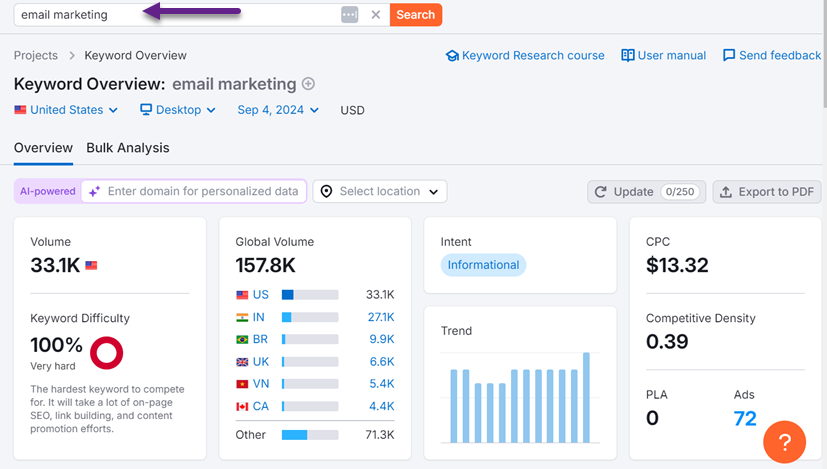

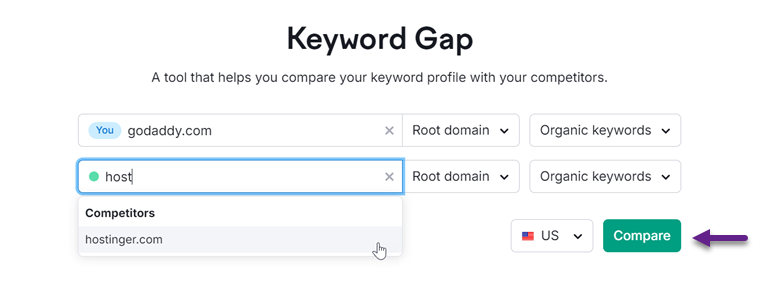
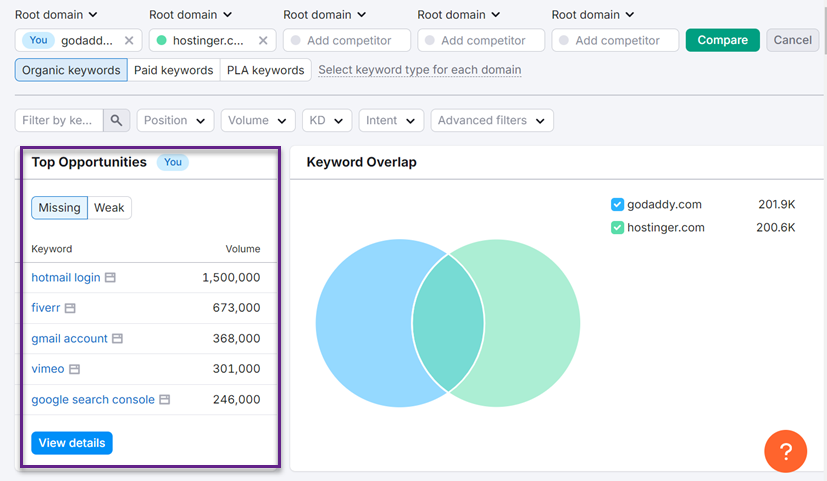
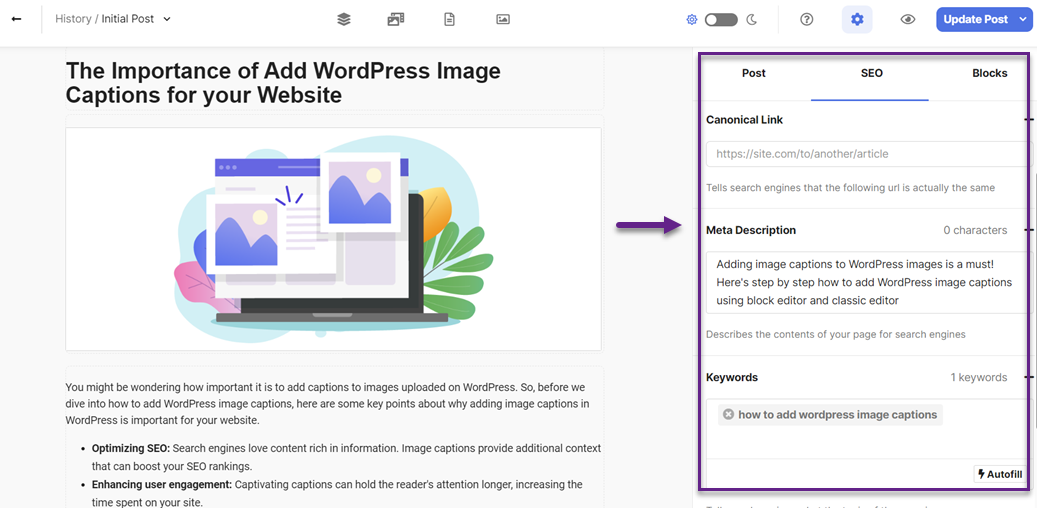


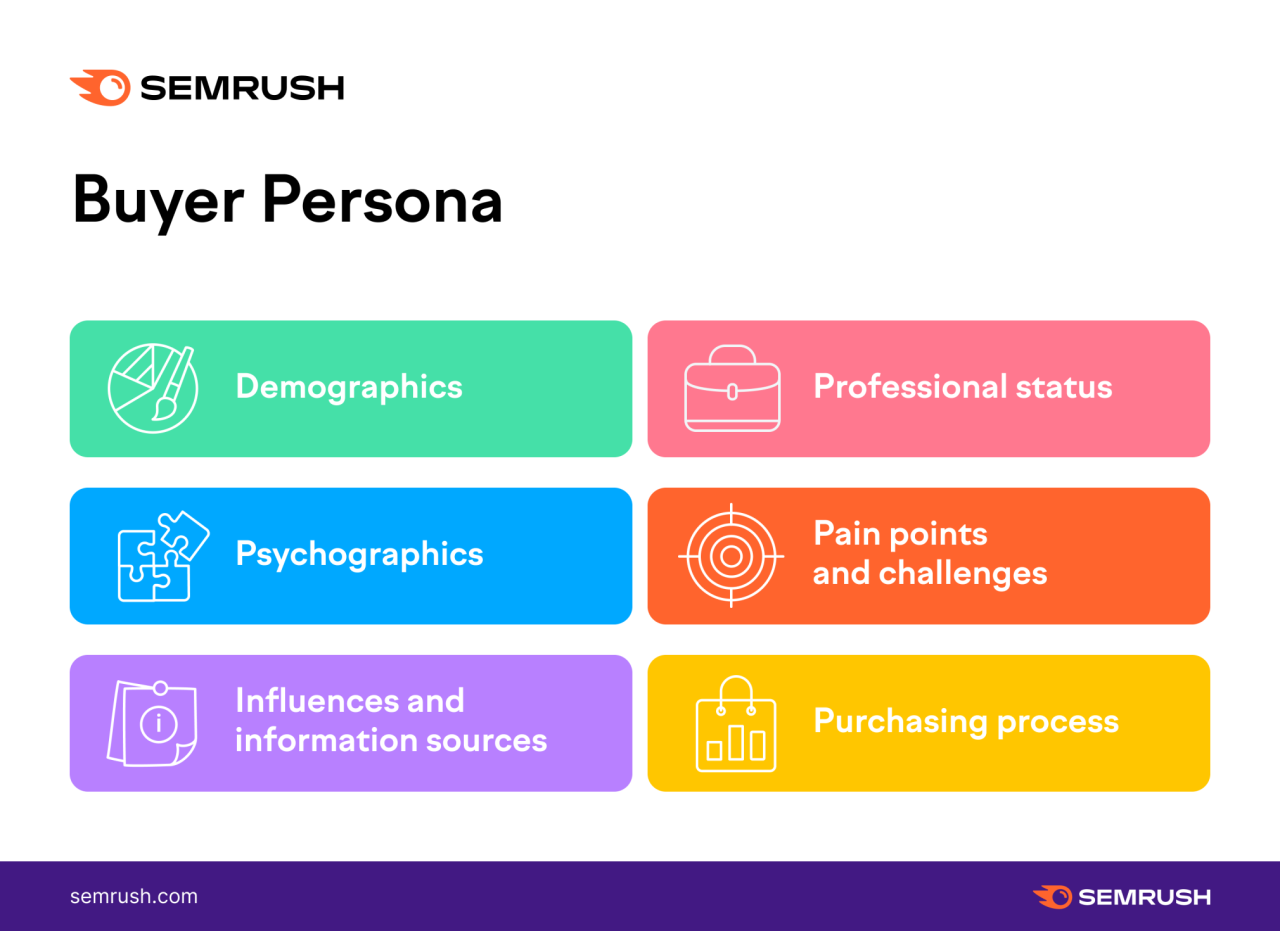
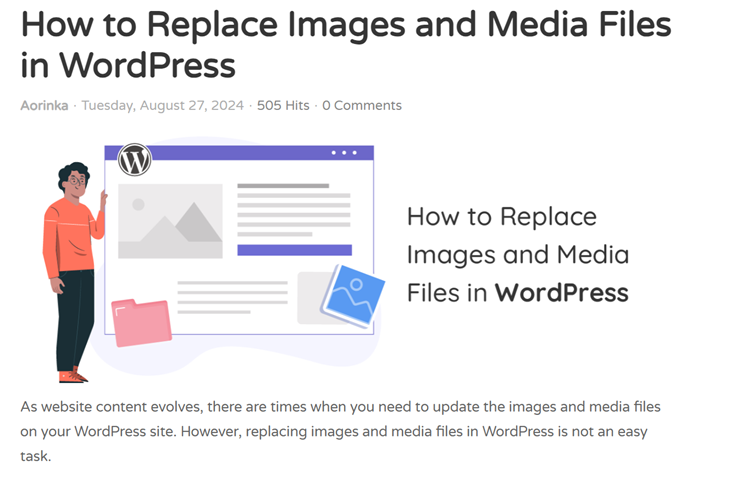
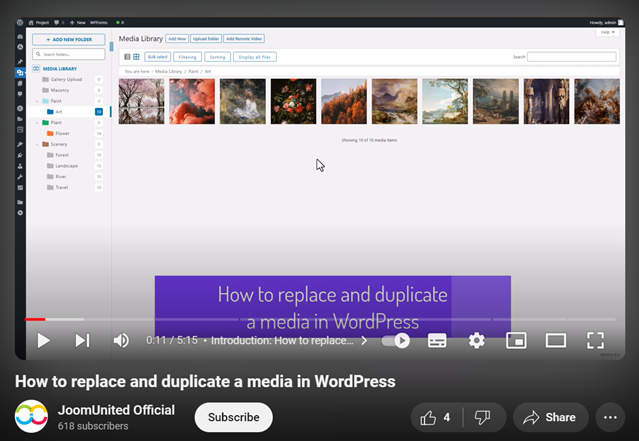
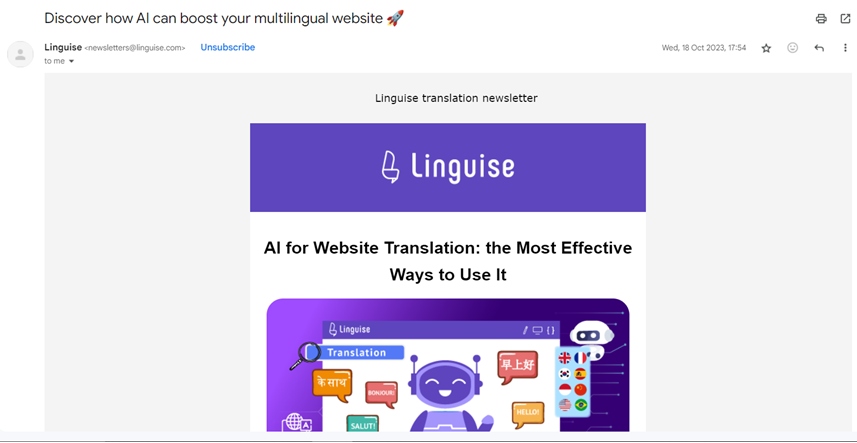

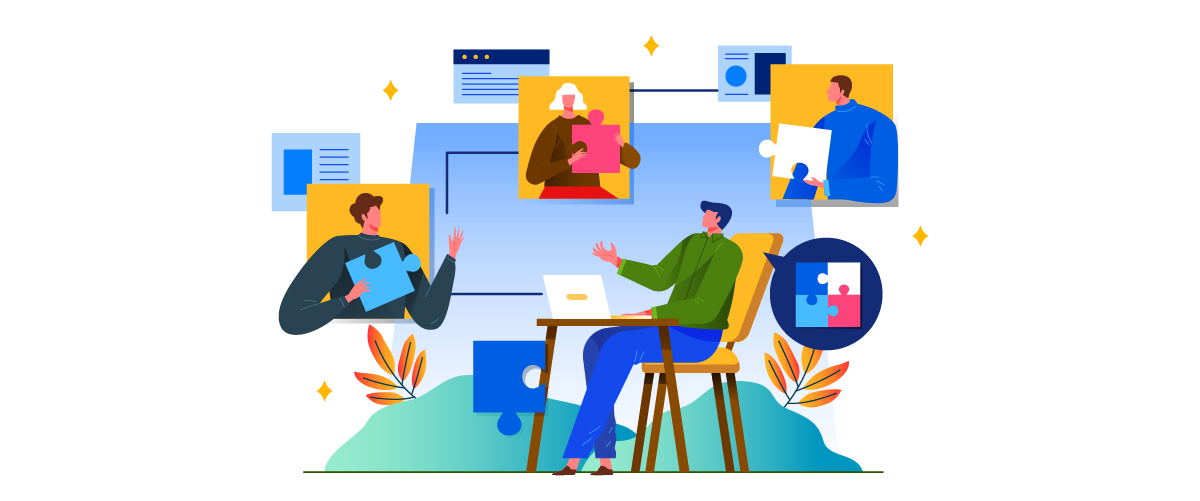
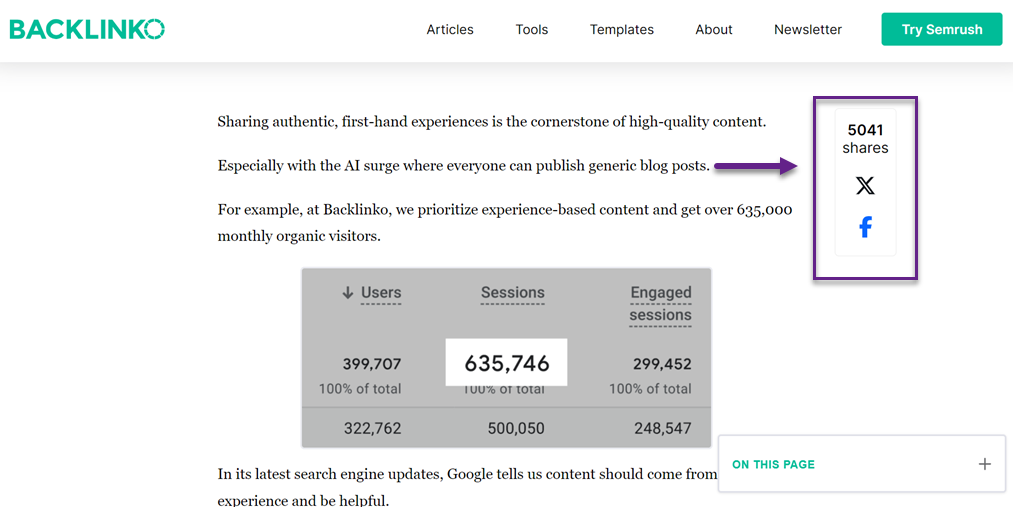
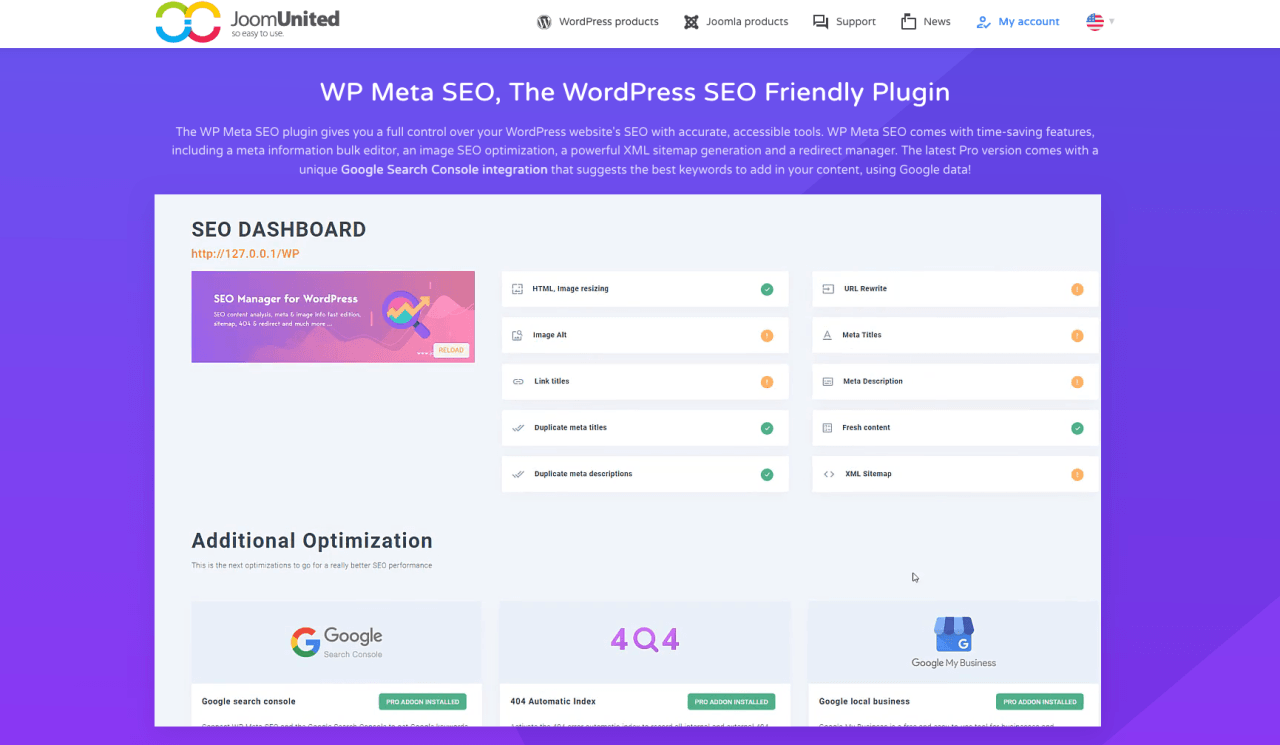

Comments